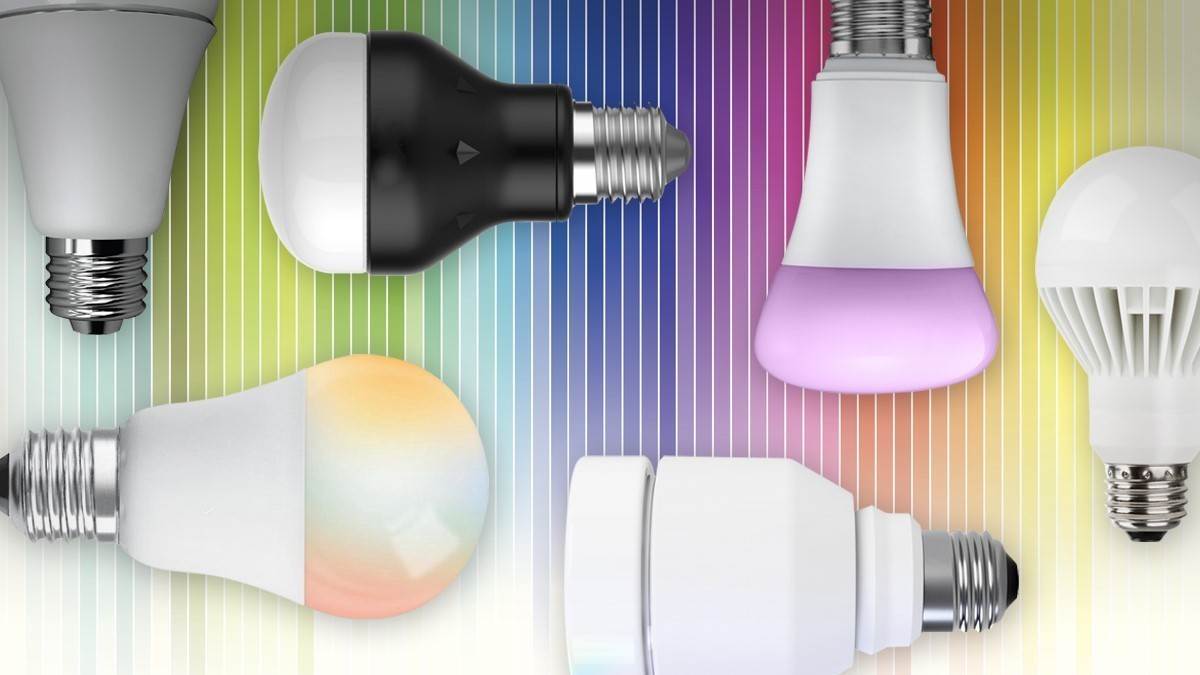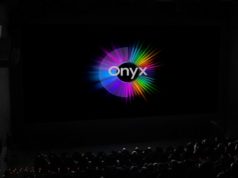Today’s color-tunable bulbs are brighter and easier to control than ever, but choosing the right one for your environment remains a challenge.
 Credit:
Credit:
Rob Schultz
Last updated December 21, 2016 to add our review of the LIFX+ color smart bulb with infrared LED.
Smart color light bulbs—LED-based bulbs that can be controlled by a smartphone and “tuned” to emit any hue in the rainbow—are no longer a new idea. What is new is how far this technology has come since its advent just a few years ago.
Color LED bulbs aren’t quite a commodity yet, but they are getting close to maturity as far as the market goes. Today’s bulbs are more compact, much brighter, have better color representation, and, for the most part, feature control apps that do more than ever, and are easier to set up. Prices have also come down, with some no-name color-tunable bulbs now available for less than $10 each. (Buyer beware: You get what you pay for.)
We’ve tested just about every A19 color LED smart bulb on the market. You’ll find links to all of our reviews at the bottom of the page, and we’ll update this story as new models are introduced. You’ll find our top picks next, followed by a discussion of the features you should look for in a color LED smart bulb.
Looking for a white LED smart bulb? Here are our favorites.
Best color LED smart bulb
Philips was one of the first players in this market, and the company’s experience shows. Its Hue color ambiance bulbs haven’t changed much since their introduction in late 2012, but the new bulbs last a lot longer and the company continues to add new shapes, sizes, and accessories to its lineup. The Hue app has also improved significantly, and Hue bulbs are available in a broad range of form factors, including BR30, PAR, GU10, and A19 in addition to stand-alone devices like the Philips Hue Phoenix. Note: The price shown above is for a three-bulb starter kit that includes the required Philips Hue Bridge. Additional bulbs cost $59.99 each.
Runner-up color LED smart bulb
Yes, we did award the LIFX Color 1000 a higher score than the Philips Hue. Philips earned its “best” nod by virtue of the Hue system’s broad collection of styles and its numerous compatible accessories. If you just want color A19 (or BR30) bulbs, LIFX has the better product. This is especially true if you’re installing them in canister lamps, because they’re the brightest bulbs in this roundup. We also like the LIFX+ color LED smart bulb, which has an array of infrared LEDs that will help your home security camera see in the dark.
Smart light bulb protocols and features
Three control technologies continue to vie for leadership in the smart bulb market (Z-Wave is a major contender in smart lighting, but you won’t encounter it in bulbs—just in switches, plug-in modules, and control panels).
- ZigBee: Bulbs that use the popular smart-home networking protocol require a bridge to communicate with your home Wi-Fi network. This is the technology Philips has adopted for its Hue lineup, but it’s not the only one.
- Wi-Fi: This class of bulb talks directly to your Wi-Fi router, no hub or bridge required. LIFX is the only major vendor marketing color Wi-Fi bulbs today.
- Bluetooth: These bulbs skip your home network altogether and pair directly with your smartphone or tablet. As such, they can’t be controlled from outside your home. GE and a number of other manufacturers make Bluetooth bulbs, some of better quality than others.
Each of these technologies has pros and cons, so before you attempt to settle on a specific bulb, first try to determine which tech is right for you. If you want to hook your bulbs into a broader smart-home system—such as SmartThings or Nest—Bluetooth bulbs are out. You can control more than one bulb with your phone, but you can’t connect it to sensors or other systems inside your home. Don’t like the idea of pairing a bulb to your phone? A Wi-Fi bulb will work best for you, though you won’t have quite as many options as you’ll find with a ZigBee product.

This chart compares all the features that each bulb offers. If you want a bulb to illuminate a room, and not just provide ambiance, the number of lumens a given bulb can produce might be the most important spec.
That said, smart bulbs, no matter what the technology, still won’t be right for everyone. Notably, most of these bulbs cannot be dimmed via a hardwired wall switch (it messes with the power going to the radio, rendering them useless). Some will fail even if a dimmer is present on the circuit and dialed up to full power. And while today’s bulbs are brighter than ever, they’re still dim by “dumb” bulb standards. Even the brightest bulb in this roundup couldn’t compare to a simple, three-dollar, 13-watt/60-watt-equivalent compact fluorescent. But the quality of light from an LED bulb is likely to be much, much better.
The good news is that bulb prices—in most cases—are going down, so it’s easier to get started with smart bulbs and less punishing should you find that a product doesn’t work for you. That said, we want to get you started on the right foot. So without further ado, here are deep dives into seven of the most worthwhile color LED smart bulbs on the market.
Our latest color LED smart bulb reviews





![[CES 2026] An Entertainment Companion for Every Moment Seen](https://loginby.com/itnews/wp-content/uploads/2026/01/1768923629_CES-2026-An-Entertainment-Companion-for-Every-Moment-Seen-100x75.jpg)
